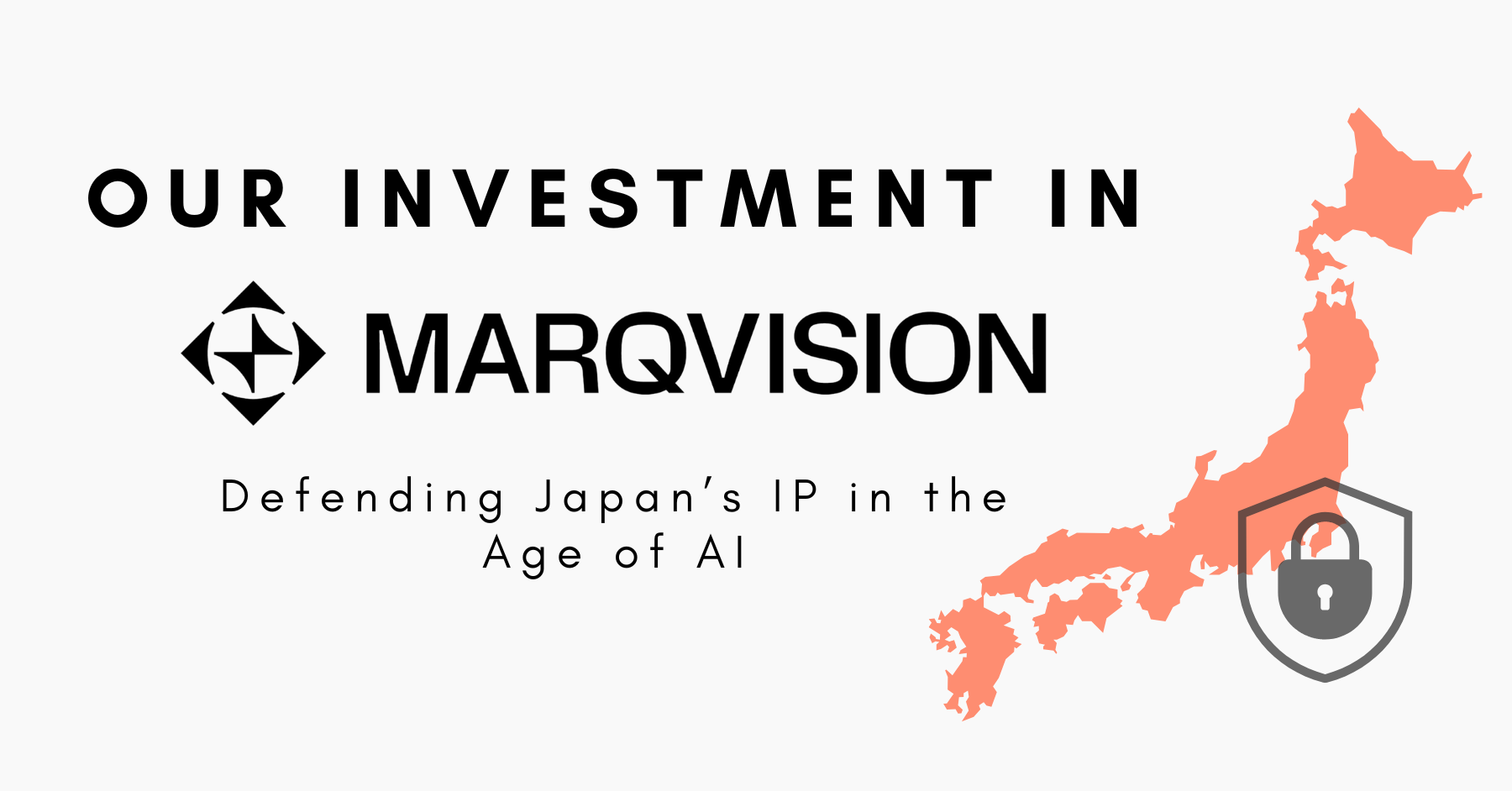We’re excited to announce our investment in Kyoto Fusioneering, a startup developing technology solutions for the fusion industry. For those that didn’t read the article in the Nikkei on Friday, the company was co-founded by Professor Konishi of Kyoto University. He is one of the world’s leading experts on fusion engineering.
With so many lives affected by COVID-19, it may be hard to think about anything other than this pandemic. But the “inconvenient truth” is that climate change is more relevant than ever before. This pandemic has taught us important lessons about systemic threats to humanity. What happens in one part of the world can have serious side effects for us all. And unlike financial shocks like the subprime mortgage crisis, they are not only driven by human sentiment. Both pandemics and climate change represent physical shocks to the system. They cannot be cured by restoring confidence. They can only be cured by addressing the underlying physical problems.
Fortunately, countering climate change has increasingly become front and center of worldwide government agendas. The European Union, Japan, Korea, and more than 110 other countries have pledged carbon neutrality by 2050. However, achieving that goal will be a herculean task. The world’s demand for energy continues to rise. With regards to Japan, the 2011 earthquake shifted the country from carbon-free nuclear energy to coal, which now accounts for about 30% of the energy mix. To make good on promises, finding new energy sources will be critically important.
Fusion may hold the key to a safe, affordable and limitless energy future. The chemical elements required for nuclear fusion are nearly inexhaustible. Tritium is produced using neutrons from the fusion reaction itself, and deuterium can be extracted from seawaterーsomething Japan is surrounded by. The fusion reaction produces no CO2 emissions, and unlike current nuclear reactors relying on fission, it produces no long-lived radioactive waste. And most importantly, a Fukushima-type nuclear accident is not possible in a fusion device.
This technology may seem like something straight out of science fiction, but there is a lot of momentum pushing it into science fact. Around the world, billions of dollars are already spent on development. The largest and longest running project, ITER, is a coalition of countries working to build a fusion reactor in France. Assembly began in 2020 with the goal of commissioning in 2025. The private sector has also attracted about $2 billion in investment, mostly concentrated in 5 companies, two of which have the backing of Jeff Bezos and Bill Gates. As of now, there are 74 experimental fusion reactors operating globally, with 15 more proposed or planned.
During the California gold rush of the 1800s, Levis Strauss developed blue jeans for the miners. When the aviation industry exploded in the 1900s, Rolls Royce developed the jet engines for planes. As fusion investment grows over the next few decades, Kyoto Fusioneering plans to build the technologies and critical components for industry. The company’s initial business is to develop and produce blankets, which are needed for the inner walls of reactors. These blankets are critical for protecting the overall structure, as well as extracting energy from the reactor.
There are many reasons why Japan is likely to become a leader in fusion. One is simply necessity. Japan has one of the lowest energy self-sufficiency ratios among OECD countries. Finding a safe, self-sustaining unlimited energy source is a national priority. The other reason is Japan’s prowess in many of the relevant technologies. Superconducting coils, for example, are key components in fusion reactors that require precise technology on a millimeter scale. This is just one of the many areas where Japan’s craftsmanship and manufacturing technology shine. It is also worth noting that Nippon Steel Engineering, Mitsubishi Heavy Industries, and Mitsubishi Electric are already playing instrumental roles in the ITER project. Some of the best talent in the industry are in Japan.
Governments around the world continue to make commitments and allocate budgets to a carbon-free future. And the Suga administration’s recent announcement of a JPY 2 trillion (~$20b) budget to invest in environment related projects is a testament to Japan’s intention to play an important role in this endeavor. In fact, fusion energy is specifically outlined as a focus area for the program.
As the decade unfolds, we believe that the momentum behind fusion will accelerate, and that Japan will continue to play a pivotal role on the global stage. Kyoto Fusioneering is poised to provide the building blocks to bring that fusion future to fruition.






